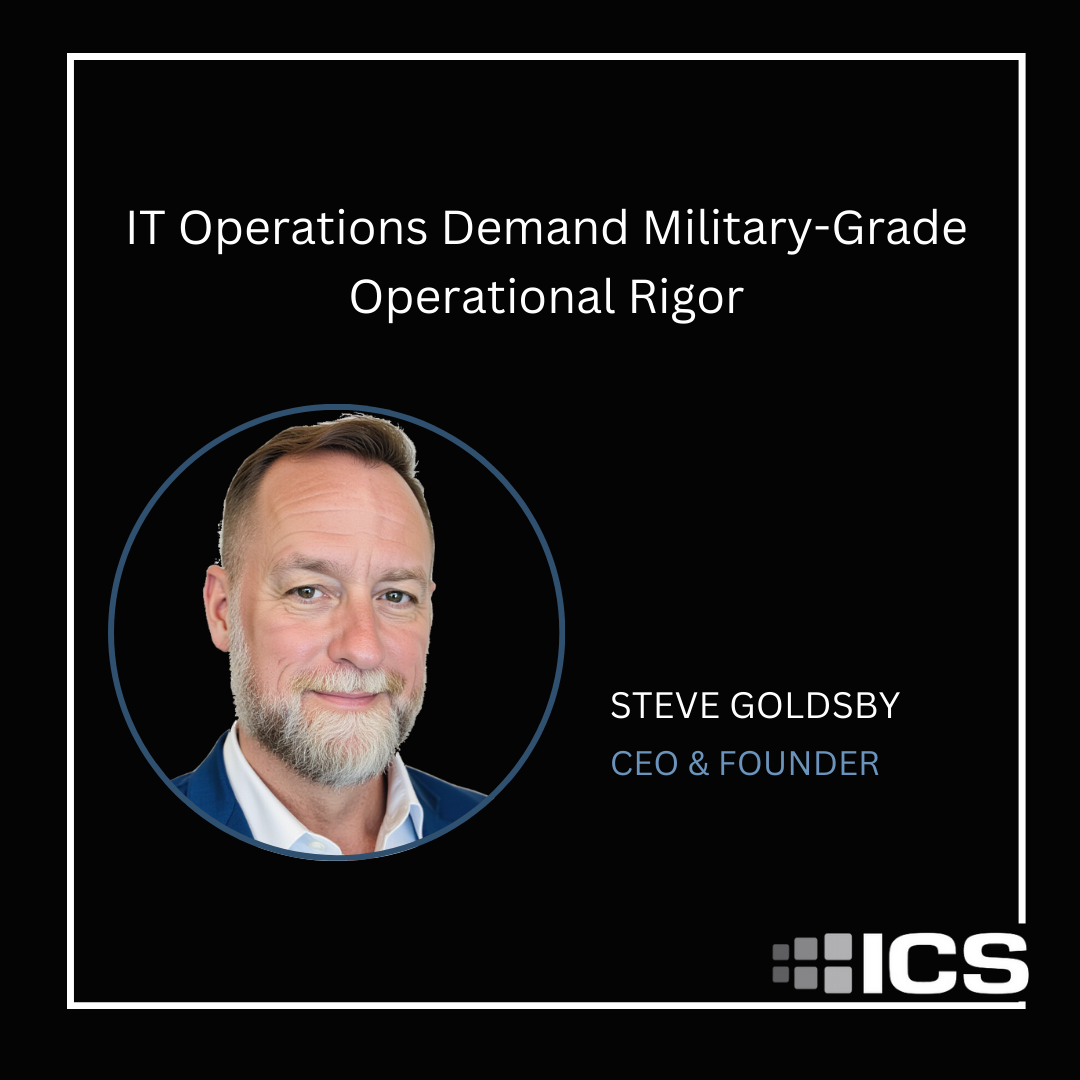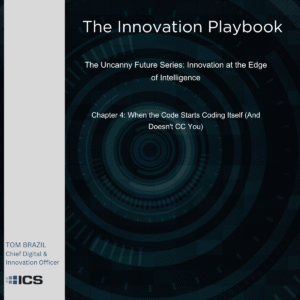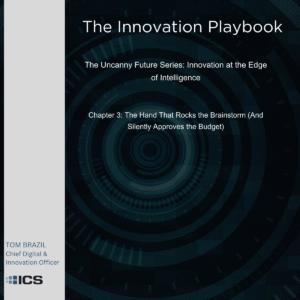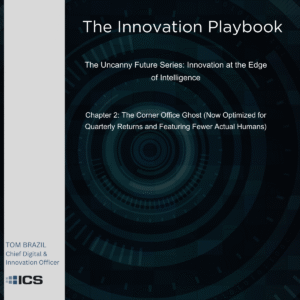IT Operations Demand Military-Grade Operational Rigor
In the middle of a high-stakes mission, a commander waits for an intelligence update—but the system lags. In war, seconds can mean the difference between victory and loss. This is why IT must be as reliable as the soldiers who depend on it.
Modern warfare hinges on more than firepower—it relies on information superiority. When commanders make split-second decisions about deploying forces or engaging targets, they depend on Joint Command and Control (C2) systems to be reliable, fast, and efficient. In these moments, there’s no room for error, no tolerance for downtime, and no excuse for subpar performance.
So, how do we ensure our IT infrastructure meets the demands from those commanders?
The answer: apply military-grade operational rigor to IT operations. We’ve proven this over years of supporting critical C2 systems for DoD. Every IT action, like every military action, carries potential mission-critical consequences.
IT Operations Requires Military Precision
Imagine a scenario familiar to military leaders: a critical Joint C2 system requires security patches. Just as no commander would launch an operation without meticulous planning and rehearsal, no IT team should execute system changes without a similar level of rigor. The parallels between Military Operations and IT Operations are easy to draw:
- Mission Planning → Change Management: Every operation starts with meticulous planning
- Pre-deployment equipment checks -> Configuration Validation: Make sure you’re ready to go before you deploy
- Rehearsals → Testing: What works in a test environment must work in production
- H-Hour Execution -> ASI Windows: Plan your maintenance window and communicate to all stakeholders
- Contingency Plans -> Rollback Procedures: Know what constitutes non-success, and when & how to rollback within the mission windows
- After-Action Review → Post-Implementation Analysis: Continuous improvement ensures success
His structured, methodical approach ensures that IT changes are executed as seamlessly and reliably as combat missions. It transforms what some see as “bureaucratic overhead” into what it truly is: mission assurance.
The Six-Step Process: From Planning to Execution
In IT Service Management (ITSM), Change and Configuration Management are akin to a military unit’s standard operating procedures. Let’s break down how IT teams can mirror the precision of military operations when implementing critical system updates:
- Intelligence Gathering: Assess the current system state, identify vulnerabilities, and understand potential impacts.
- Operational Planning: Create detailed procedures, define success criteria, and establish communication protocols.
- Risk Assessment and Mitigation: Pinpoint failure points and develop robust contingency plans.
- Rehearsal: Test changes in a staged environment that mimics the production system to ensure everything works as intended.
- Execution: Implement changes during carefully planned service windows to minimize disruption.
- Battle Damage Assessment: Validate system performance post-implementation and confirm success.
Every step is critical. Skipping one could lead to catastrophic consequences—just as skipping an equipment check before deployment could endanger lives.
Real-World Stakes: IT as an Integral Mission Component
The stakes for IT operations are no less serious than those on the battlefield. A degraded C2 system could:
- Delay the dissemination of critical intelligence
- Impair coordination between units
- Compromise command visibility during operations
- Result in loss of life
In today’s interconnected battlespace, IT isn’t just supporting the mission; it’s an integral part of it. The rigor applied to IT must match the rigor applied to military operations.
Actionable Takeaways for DoD Military Leaders and Contractors
To ensure your IT infrastructure aligns with your operational needs, take these steps:
- Demand operational rigor in IT operations is equivalent to that in combat operations.
- Align IT Change Management with military planning, including detailed rehearsals and contingency plans.
- Prioritize system maintenance as seriously as weapon system maintenance.
- Validate configuration states regularly, much like readiness reports for combat units.
- Conduct robust after-action reviews for all major IT changes to drive continuous improvement.
The New Digital Battlefield
The distinction between IT operations and military operations is blurring. As our warfighting capabilities become increasingly network and application dependent, the level of discipline, precision, and rigor we apply to IT must exceed even the highest standards of traditional military operations.
In today’s digital battlespace, IT Operational Rigor is mission-critical. Excellence in IT service delivery isn’t optional; it’s essential for maintaining information superiority and combat readiness.







